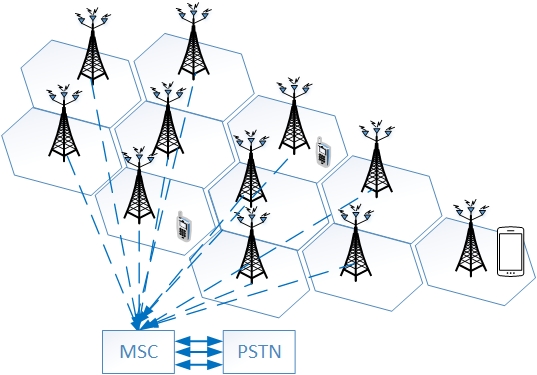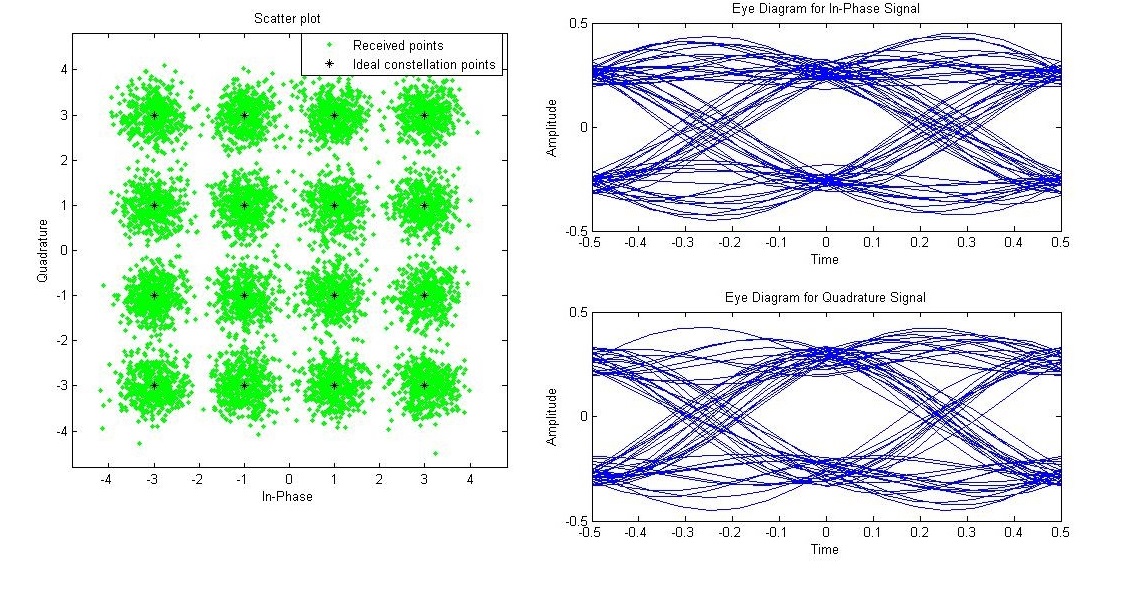Course Instructor TELE 4652: Mobile and Satellite Communications Systems, University of New South Wales, Sydney, Australia
Description:
The aim of this course is to provide students with a systems level understanding of two of
the most important digital telecommunication systems; Cellular Mobile Communication
Systems and Satellite Communication Systems.
The syllabus covers Propagation-Loss models, Mobile Fading Channels, Multiple Access
techniques, the GSM and 3G standards, Digital Satellite Communication Systems, and
Channel Diversity techniques. Central to the course is a detailed explanation of the fundamental principles of the existing digital mobile communication: GSM, CDMA IS-95,
cdma2000, 3G/UMTS, HSPA, and 4G/LTE. The emphasis of this course is less on the
theoretical underpinnings of wireless communications, and more on how the conceptual
building-blocks of wireless communication systems are implemented in real-world cellular
and satellite communication systems.
In particular, the course aims to:


